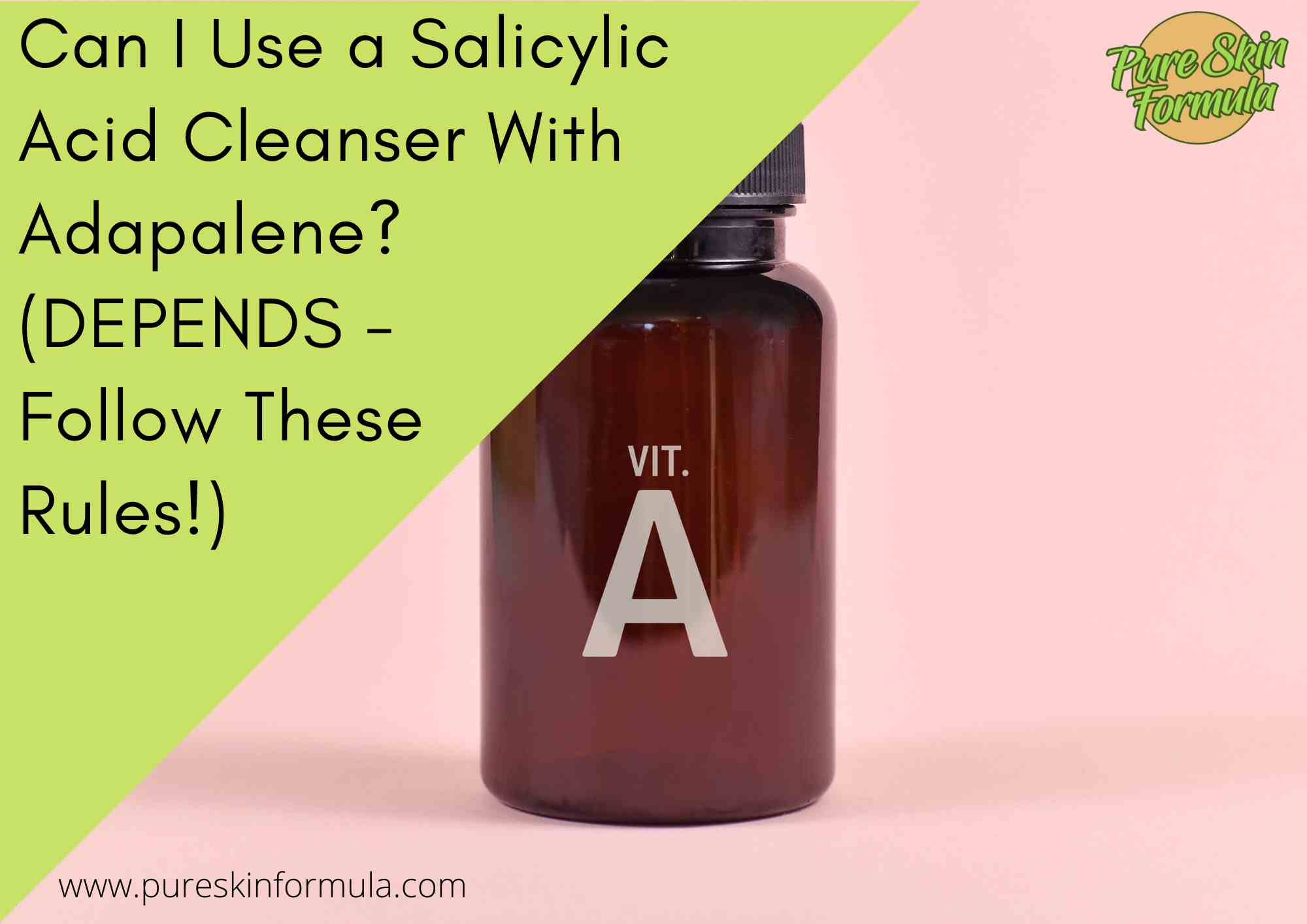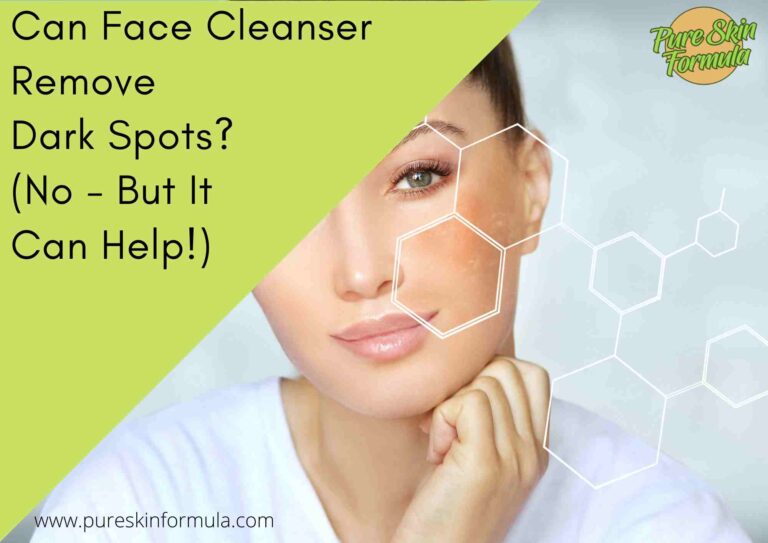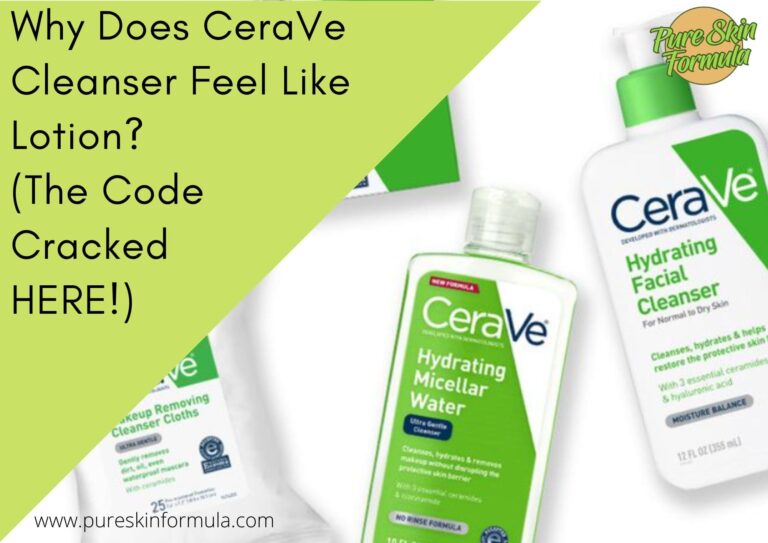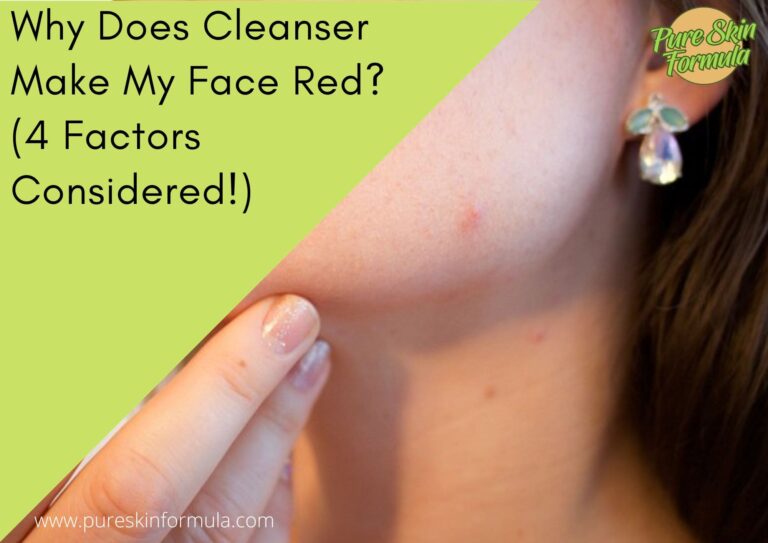I will introduce you to two popular skincare ingredients often used in conversations about clear skin: salicylic acid and adapalene. You’re going to find out what makes each of these ingredients special and how they contribute to the health of your skin.
Can I use a salicylic acid cleanser with adapalene?
Using a salicylic acid cleanser with adapalene can be beneficial for acne-prone skin. Salicylic acid helps unclog pores and exfoliate the skin, while adapalene reduces inflammation and prevents new acne formation.
However, it’s essential to introduce these products gradually to avoid irritation, starting with a lower concentration of each and gradually increasing as tolerated.
Additionally, always follow up with a moisturizer and use sunscreen during the day, as these products can make the skin more sensitive to sunlight. Consulting a dermatologist for personalized advice is advisable.
Let’s explore this topic.
A closer look at the two ingredients
Salicylic acid is a type of beta-hydroxy acid (BHA) known for its ability to exfoliate the skin and unclog pores. It works wonders in targeting oily skin, pimples, and blackheads, making it a go-to ingredient for those dealing with acne.

What’s great about salicylic acid is that it’s about fighting existing acne and preventing new breakouts from forming.
Adapalene, on the other hand, is a type of retinoid. Don’t worry too much about the technical jargon; essentially, it’s a potent derivative of vitamin A that’s become a powerhouse in acne treatment.
Adapalene dives deep into the skin to regulate cell turnover and reduce inflammation, which can help reduce acne scars over time. It’s essential to grasp how proactive adapalene is in remedying acne-prone skin.
Regarding skincare, it’s not just about what products you use but how you use them together. Is it safe to use a salicylic acid cleanser with adapalene? This isn’t just about ensuring the ingredients don’t cancel each other out.
It’s also about making sure they don’t irritate your skin when used in tandem. This leads us to understanding ingredient interactions in skincare, which I’ll help you navigate in the next section.
The dos and don’ts of combining skincare ingredients
It isn’t just about stacking up good ingredients; it’s also about how they interact with each other. Salicylic acid and adapalene may target acne, but combining them requires a thoughtful approach for synergy rather than skin strife.

Understanding ingredient interactions is crucial. You need to consider aspects like pH balance and the mechanisms of how each ingredient works. Salicylic acid is known for its ability to penetrate and clean out pores, while adapalene helps in skin cell turnover and reduces inflammation.
When used together without caution, their exfoliating properties can lead to over-exfoliation, stripping the skin barrier and causing irritation.
Don’t worry too much about the potential pitfalls; there are tips for safely introducing multiple active ingredients into your regimen. For instance, you can use the salicylic acid cleanser in the morning and adapalene at night.
Alternating days when you use each product is another strategy I like to leverage to minimize irritation risks.
However, if you’re unsure or experience discomfort, chatting with your dermatologist is always a good idea. They can offer personalized advice tailored to your skin type and condition. Your first attempt doesn’t need to be your last. You can always adjust your approach to match your skin’s needs better.
How to use a salicylic acid cleanser with adapalene
It’s a game of balance. I will walk you through the best practices to avoid overwhelming your skin.
You always want to start with a patch test. This simple step can save you a lot of potential discomfort. Apply a small amount of salicylic acid cleanser followed by adapalene to a discreet skin area. Wait 24 hours to gauge if there’s any adverse reaction before applying it to your entire face.
Monitoring your skin for signs of irritation, such as redness, dryness, or peeling, is crucial. If you notice these symptoms, take a step back. Cut down the salicylic acid cleanser every other day, or use a lower concentration. The key is to listen to your skin and respond with kindness.
Reassess and adjust your routine as your skin adapts. Skincare isn’t a ‘set it and forget it’ deal—you can always tweak it. After a month or so, if your skin is responding well, you might maintain your current routine or introduce other beneficial products slowly.
Real-life: success stories or cautionary tales?

First up, let’s highlight some success stories. People report clearer skin, fewer breakouts, and overall skin texture improvement. Choose something that resonates with you from their routines, like how they adjusted the frequency of use and listened to their skin’s needs.
But it’s not all smooth sailing. Some tales underscore the need for a cautious approach. Some folks experienced redness, peeling, or discomfort, which reminds us to respect our skin’s limits.
I must emphasize the value of expert guidance. A dermatologist’s personalized advice has often been a key factor in helping users navigate salicylic acid cleanser with adapalene effectively and safely, preventing complications before they arise.
Keeping a detailed skincare diary can be a game-changer. It helps you track your skin’s response, recognize patterns, and make informed adjustments. So, as you consider incorporating a salicylic acid cleanser and adapalene into your regimen, remember to proceed with knowledge, attentiveness, and care.
To wrap it up
The synergy between a salicylic acid cleanser and adapalene presents a promising approach to addressing acne. While salicylic acid aids in unclogging pores and exfoliating the skin, adapalene targets inflammation and prevents new acne formation.
The key lies in gradual introduction, vigilant monitoring for potential irritation, and consistent hydration and sun protection. Consulting a dermatologist can offer tailored advice for optimal results.
By integrating these products wisely and maintaining a diligent skincare routine, people can foster clearer, healthier skin and regain confidence in their complexion.
Thank you for reading!
Valeria







